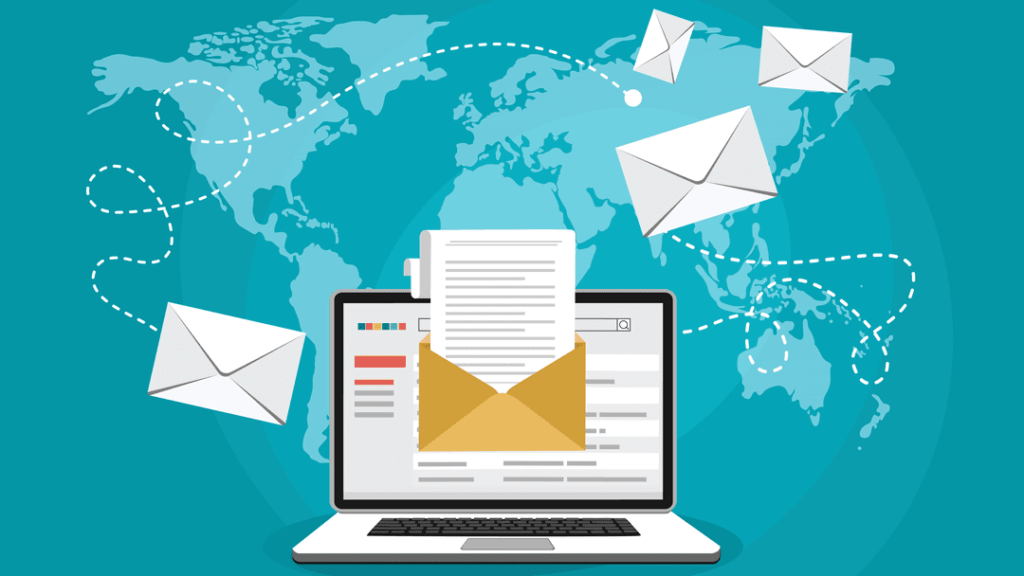The Role of Push Notifications in Driving User Engagement For Your Mobile App


In the dynamic world of mobile applications, retaining users is a challenge. App creators need to constantly devise innovative ways to keep users engaged and loyal to their platform. Among the many methods deployed, push notifications stand out as one of the most effective tools. A well-crafted push notification strategy can be a game-changer, transforming your mobile app’s user engagement significantly. This comprehensive guide will walk you through the role of push notifications in driving user engagement for your mobile app.
Understanding Push Notifications and User Engagement
Before diving deep, it’s crucial to understand what push notifications are and how they link to user engagement. Push notifications are alerts or messages sent by an app to a user’s device, even when the app is not in use. They serve as a communication channel between the app and the user, providing updates, reminders, and offers. User engagement, on the other hand, represents the frequency, duration, and depth of user interaction with your mobile app. More engaged users imply more app opens, longer session times, and deeper explorations into the app’s functionalities.
The Power of Push Notifications: Keeping Your Users Engaged
To grasp the essence of push notifications in driving user engagement, it’s important to recognize their multifaceted role: Personalized User Experience: Push notifications tailored to user preferences and behavior can create a personalized experience, increasing app engagement. Timely Alerts and Updates: Notifications serve as instant alerts or updates, ensuring users never miss out on important events or information. Driving Desired User Actions: Well-crafted push notifications can nudge users towards desired actions, like using a feature, completing a level, or making a purchase.
Push Notifications as a Retention Tool
While attracting new users is essential, retaining existing ones is equally crucial for an app’s success. Here’s how push notifications serve as a powerful retention tool: Regular App Usage Reminders: Consistent notifications can remind users to return to the app, increasing the likelihood of consistent app usage. Personalized Recommendations: Based on user behavior and preferences, you can use push notifications to recommend relevant content or features. Rewards and Incentives: Rewarding users via notifications, for instance, offering discounts or exclusive access, can motivate them to stay active and engaged.
Optimizing Push Notifications for User Engagement
Knowing the importance of push notifications isn’t enough. You must also know how to leverage them effectively: Segment Your Users: Segment your users based on different factors like usage patterns, interests, demographics, etc., to deliver personalized push notifications. Create Compelling Content: Write clear, concise, and catchy push notifications that compel users to take the desired action. Right Timing: Consider your users’ time zones, usage patterns, and preferences to decide when to send push notifications.
Measuring the Success of Your Push Notifications Strategy
Lastly, it’s crucial to continuously measure and adjust your push notifications strategy. Key performance indicators include click-through rates, conversion rates, and changes in user engagement and retention metrics.
Conclusion
Push notifications are an incredibly powerful tool for driving user engagement and fostering loyalty in your mobile app. Leveraging them appropriately can lead to significantly improved user interaction and retention. Always remember to prioritize user preferences, deliver valuable content, and continually test and tweak your strategy. In the rapidly evolving app marketplace, effective engagement through push notifications could be the key to outpacing your competition.






Responses